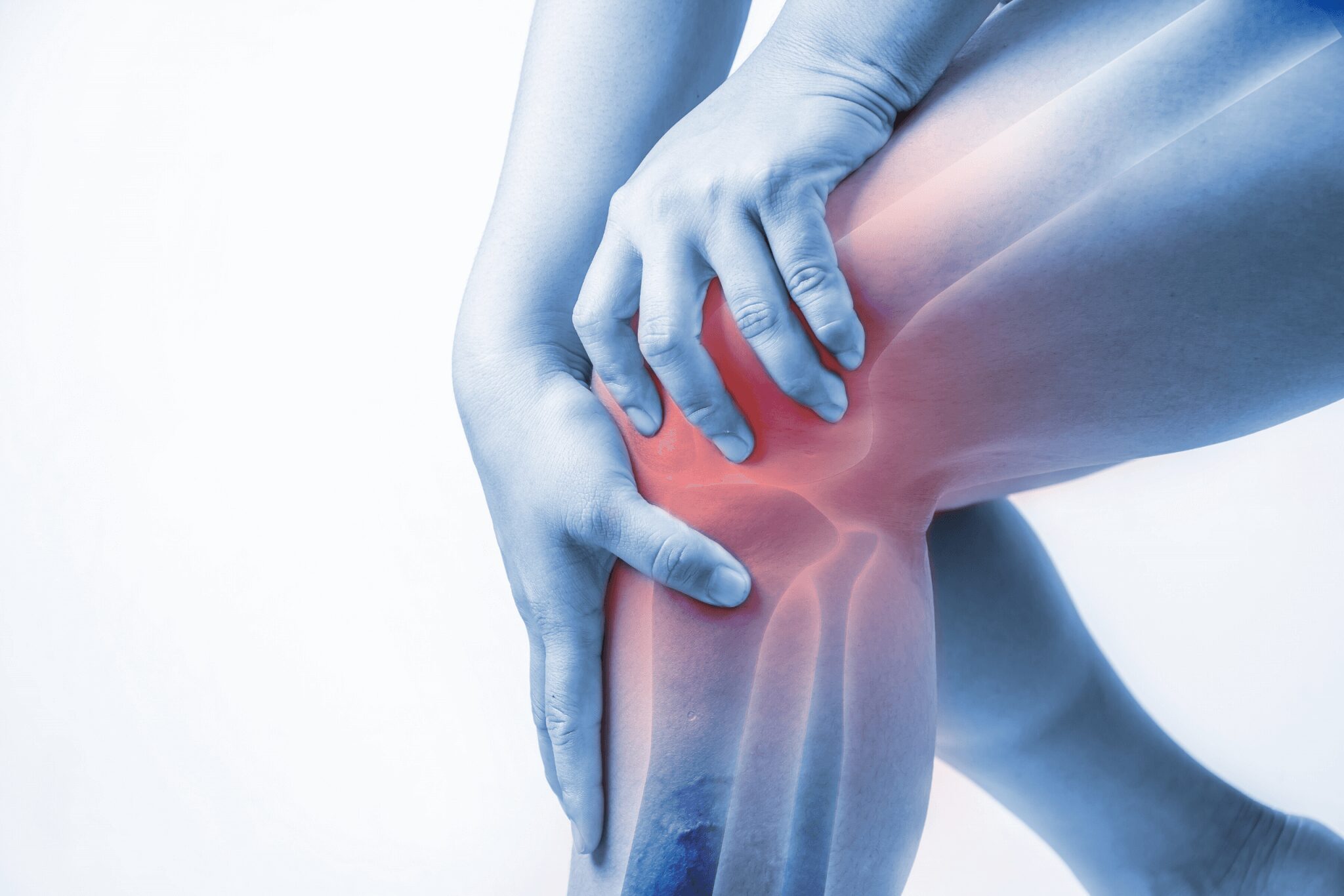Osteoarthritis: Symptoms, Causes, Treatment
What Are the Symptoms of Osteoarthritis?
Osteoarthritis is a degenerative joint disease characterized by the gradual breakdown of cartilage within the joints. The main symptoms of osteoarthritis include:
- Joint pain: This is often the earliest and most common symptom. The pain is usually worse after activity and relieved by rest.
- Stiffness: Joints may feel stiff, especially after periods of inactivity, such as waking up in the morning or after sitting for an extended period.
- Swelling: Fluid may accumulate in the joints, causing swelling and limiting the range of motion.
- Tenderness: The joints may be tender to the touch, especially around the areas where bone meets bone.
- Loss of flexibility: As the cartilage wears down, the joints may lose their normal range of motion, making it difficult to fully bend or straighten the affected joint.
- Grating sensation: Bone rubbing against bone can cause a grating or grinding sensation within the joint.
- Bone spurs: Bony projections (osteophytes) can form around the affected joints, leading to further joint deformity and pain.
- Muscle weakness: The muscles around the affected joint may become weaker due to lack of use or joint instability.
The severity of symptoms can vary from person to person and may depend on factors such as the specific joints involved, the degree of cartilage degeneration, and the presence of any joint deformities. Symptoms often worsen over time as the condition progresses.
It’s important to note that not everyone with osteoarthritis experiences all of these symptoms, and some people may have minimal or no symptoms in the early stages. If you experience persistent joint pain or other concerning symptoms, it’s advisable to consult a healthcare professional for proper evaluation and management.
What causes Osteoarthritis?
Osteoarthritis is caused by a combination of factors that contribute to the gradual breakdown of cartilage within the joints. The main causes and risk factors for osteoarthritis include:
- Age: As people get older, the cartilage covering the ends of bones becomes thinner and less resilient, making it more susceptible to damage. Osteoarthritis is most common in individuals over the age of 65.
- Joint injuries: Injuries to a joint, such as a fracture, ligament tear, or meniscus tear, can increase the risk of developing osteoarthritis in that joint later in life. These injuries can disrupt the normal mechanics of the joint, leading to cartilage breakdown over time.
- Obesity: Excess body weight puts additional stress on weight-bearing joints, such as the hips, knees, and ankles, accelerating the wear and tear of the cartilage.
- Genetics: Some individuals may have a genetic predisposition to developing osteoarthritis, potentially due to inherited factors that influence cartilage formation or breakdown.
- Joint deformities: Congenital or developmental abnormalities in joint structure can alter the distribution of weight and stress within the joint, leading to cartilage damage and osteoarthritis.
- Occupation and physical activity: Certain occupations or activities that involve repetitive joint stress or high-impact movements can increase the risk of osteoarthritis in the affected joints.
- Metabolic disorders: Conditions such as diabetes, hemochromatosis (iron overload), and certain hormone disorders can interfere with the normal metabolism of cartilage and bone, contributing to the development of osteoarthritis.
- Bone deformities: Conditions that affect the alignment or shape of bones, such as bowlegs or knock-knees, can alter the distribution of forces within the joint, leading to cartilage damage.
While osteoarthritis is primarily associated with age, the interplay of these various factors can contribute to the development and progression of the condition. Early recognition and management of risk factors, along with appropriate lifestyle modifications, can help reduce the risk or slow the progression of osteoarthritis.
What is the treatment for Osteoarthritis?
The treatment for osteoarthritis typically involves a combination of non-pharmacological and pharmacological approaches, aimed at managing symptoms, improving joint function, and slowing the progression of the disease. Here are some common treatments for osteoarthritis:
Non-pharmacological treatments:
- Exercise: Low-impact exercises like walking, swimming, and cycling can help strengthen the muscles around the affected joints, improve flexibility, and reduce pain.
- Weight management: Losing weight if overweight or obese can reduce the stress on weight-bearing joints, such as the knees and hips.
- Physical therapy: Specific exercises and techniques prescribed by a physical therapist can improve joint mobility, reduce pain, and enhance muscle strength.
- Assistive devices: Using canes, walkers, or braces can help relieve joint stress and improve stability.
- Heat and cold therapy: Applying heat or cold to the affected joints can help reduce pain and inflammation.
Pharmacological treatments:
- Acetaminophen: This over-the-counter pain reliever can help alleviate mild to moderate osteoarthritis pain.
- Non-steroidal anti-inflammatory drugs (NSAIDs): Medications like ibuprofen, naproxen, or celecoxib can reduce inflammation and pain, but long-term use may have side effects.
- Topical medications: Creams or ointments containing NSAIDs or counterirritants can be applied directly to the affected joints for localized pain relief.
- Corticosteroid injections: Injections of corticosteroids into the affected joint can provide temporary pain relief and reduce inflammation.
- Viscosupplementation: Injecting hyaluronic acid into the joint can help lubricate and cushion the joint, reducing pain and improving function.
Surgical treatments:
- Joint replacement surgery: In severe cases, when other treatments fail to provide relief, joint replacement surgery (e.g., knee or hip replacement) may be recommended.
- Osteotomy: This procedure involves realigning the bones to redistribute the weight and stress on the joint more evenly.
- Joint fusion: In some cases, fusing the bones of a joint together may be recommended to reduce pain and improve stability, but it limits joint mobility.
The choice of treatment depends on various factors, including the severity of the condition, the individual’s age, overall health, and personal preferences. A combination of non-pharmacological and pharmacological treatments is often recommended for optimal management of osteoarthritis.




